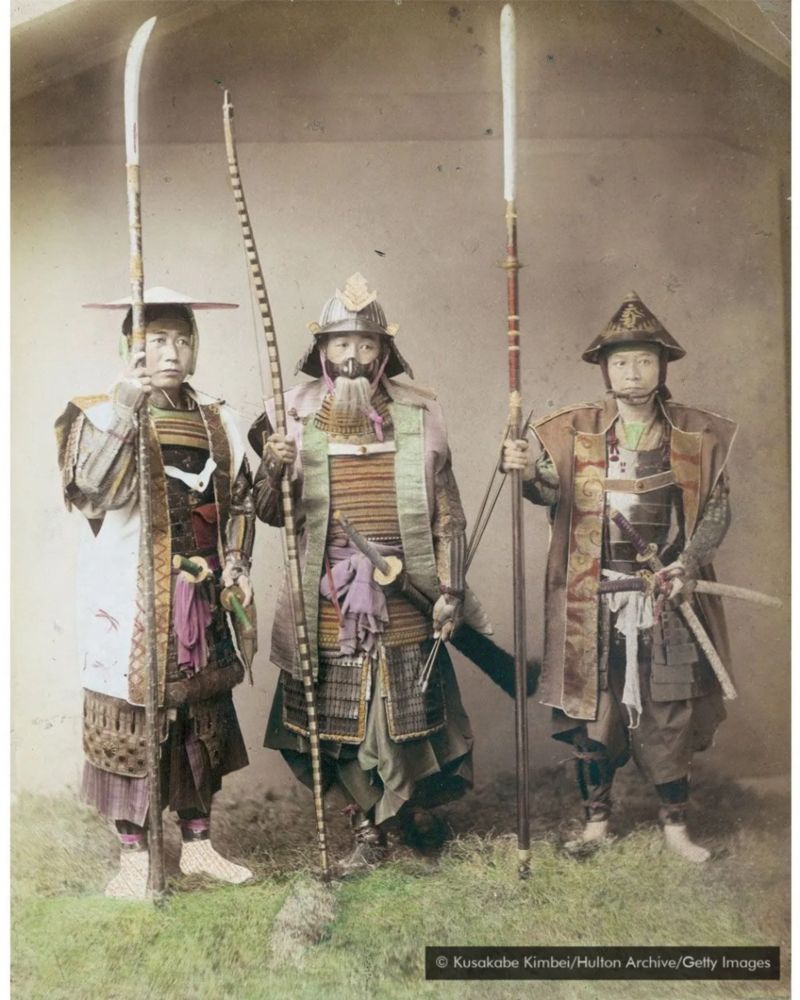

I once had a business dinner with two Japanese scientists and engineers, who were rather strongly convinced that if I ever visited Japan, all I would want to see are the castles of the Samurai, because the samurai, their battles and castles entirely define the image of Japan for the outside world. This volume further explores the factors behind the resurgence of bushido, which has proven resilient through 130 years ofdramatic social, political, and cultural change. The close identification of bushido with Japanesemilitarism meant that it was rejected immediately after the war, but different interpretations of bushido were soon revived by both Japanese and foreign commentators seeking to explain Japan's past, present, and future. In the early twentieth century, bushido became a core subject in civilian and military education, and was a key ideological pillar supporting the imperial state until its collapse in 1945.

At the same time, Japanese thinkers increasingly looked to their own traditions in search of sources of national identity, and this process accelerated asnational confidence grew with military victories over China and Russia.Inventing the Way of the Samurai considers the people, events, and writings that drove the rapid growth of bushido, which came to emphasize martial virtues and absolute loyalty to the emperor.

The former samurai class were widely viewed as a relic of a bygoneage in the 1880s, and the first significant discussions of bushido at the end of the decade were strongly influenced by contemporary European ideals of gentlemen and chivalry. Rather than a continuation of ancient traditions, however, bushido developed from a search for identity during Japan's modernization in the late nineteenth century.

Inventing the Way of the Samurai examines the development of the 'way of the samurai' - bushido - which is popularly viewed as a defining element of the Japanese national character and even the 'soul of Japan'.


 0 kommentar(er)
0 kommentar(er)
